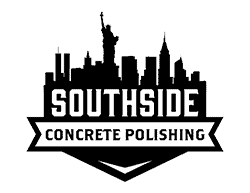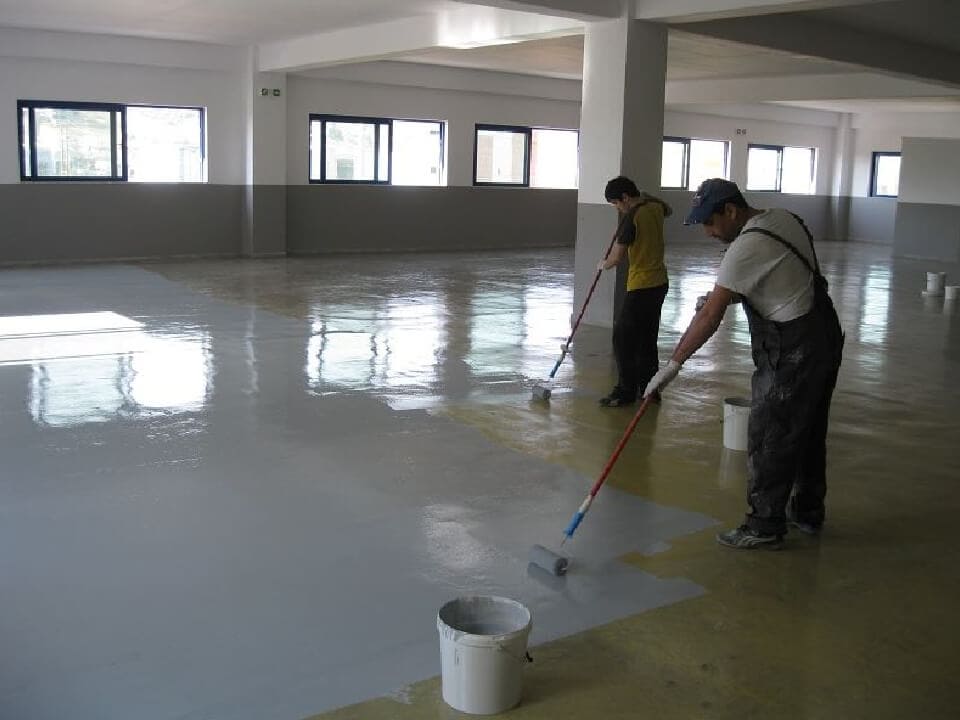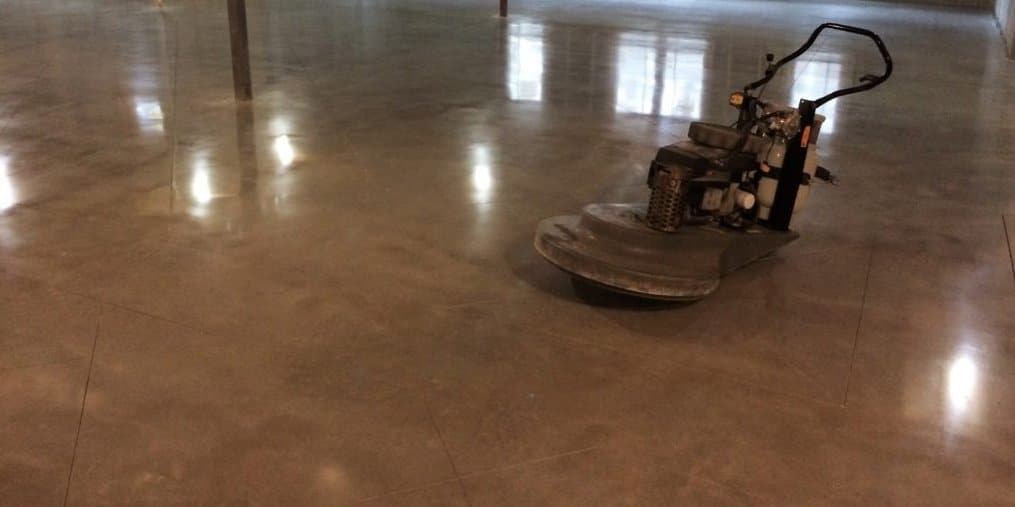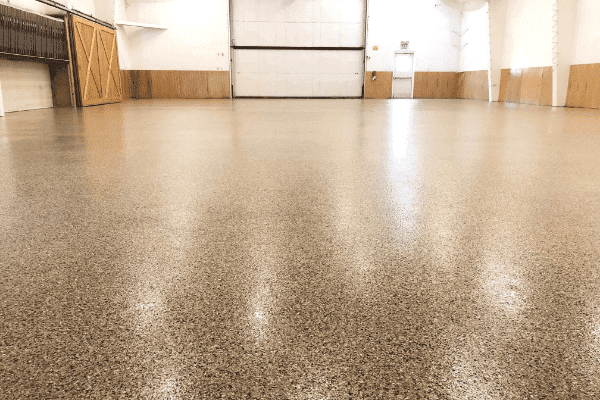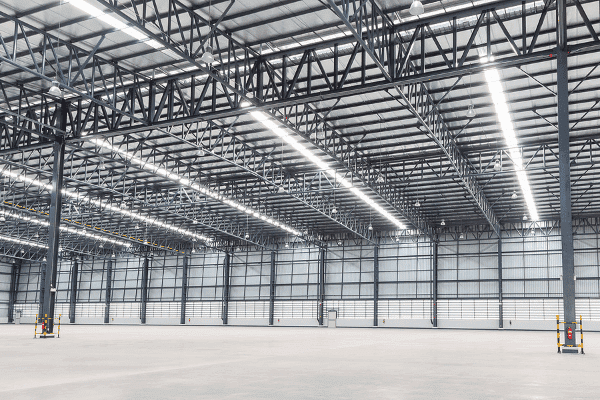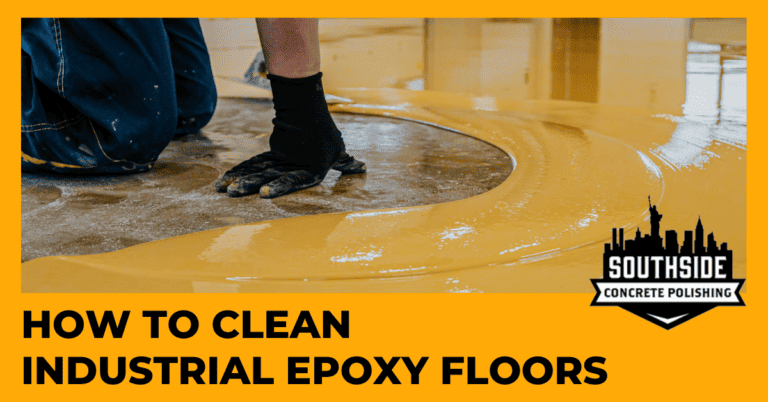Self Leveling Concrete New York
Humans used concrete in early civilizations as far back as 6500 B.C. Self-leveling concrete, a relatively new innovation, was introduced to the U.S. in the 1980s by inventor J. Herbert Ogden.
Why a Self-Leveling Concrete Floor?
So, what really is a self-leveling concrete floor? It is concrete that has a polymer adjusted quality and is high flowing. Unlike regular concrete, self-leveling concrete does not require as much water for installation as other concrete variations do. Installation is efficient and requires less manual labor than regular concrete.
This cement creates a flat, smooth surface with minimal effort. It is structurally as strong or even stronger than regular cement. The properties of self-leveling cement make this cement the easiest and fastest segue to construction.
Self-leveling concrete is commonly used in the construction industry’s buildings due to the need for an even floor that is easy to install. This cement is becoming more popular because of its versatility. It has the ability to make virtually any jagged, cracked surface into a pristinely flat floor. Heavily depressed substrates will require a thicker layer of the concrete so that when the surface levels out, it will be even and cover the blemished foundation.
The coating should be no more than 3 inches thick. When you don’t want to spend the time, energy, and money to fix the foundation, instead, just cover it up with self-leveling concrete.
A Versatile Finish
t is even possible to add colored glass pieces to mimic a decorative terrazzo floor but for a fraction of the cost. Functionality and aesthetics are why this concrete type outperforms regular concrete. The floor may also be used as a substrate for the application of hardwood flooring, carpet, tile, and other finishes. The self-leveling concrete can be designed to look good on its own, which is a reason why photography and television studios use it frequently.
In addition to its versatility, a self-leveling concrete floor sets in 24 hours, fully even, smooth, and scratch-resistant in that short amount of time. It can even take as short as 6 hours to fully set, but you can walk on the surface in 2 to 4 hours, although we wouldn’t recommend that. After the initial installation, for the substance to properly set, it is important to let the compound sit overnight, avoid moisture, and use fans for the best results.
The Composition of Self Leveling Concrete
Self-leveling concrete is made up of about 15 ingredients that fuse together to create a flawless surface. Some of the key ingredients include fine aggregate — usually sand, furnace slag cement, gypsum, Portland cement, cement plasticizer, and vinyl polymer.
The cement component is critical for implementing durability through its compressive strength capabilities. Water is the final additive that completes the substance right before application.
Gypsum, a soft sulfate mineral made up of calcium sulfate dihydrate, must be finely ground before being incorporated into the cement mixture. Additionally, white gypsum is the preferred type of gypsum for self-leveling cement.
Cement Plasticizer is what enables the substance to become liquid, free-flowing, and self-leveling when mixed with water. Water makes this material transition into a supple, creamy texture that makes application easy because the mixture is easy to manipulate during application. The amount of this ingredient in the self-leveling cement mixture varies depending on the type of plasticizer used.
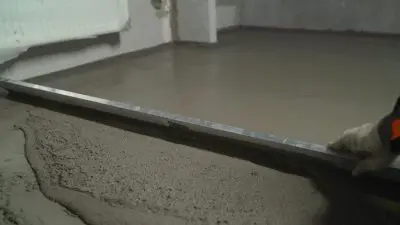
A small amount of vinyl polymer is mixed into the cement for binding, adhesion, elasticity, and abrasion-resistant purposes.
Lastly, the water should make up 12 to 23 percent of the weight of the mixture. Incorrect proportions of the composition can lead to unwanted shrinking and cracking to the finish.
Key Features
Floor made with self-leveling cement has a compressive strength over 5,000 psi while regular high-strength concrete has a strength of up to 6,000psi. Psi, for any non-physicist, means 1 pound of force per every square inch.
The fluidized substance is shrink proof and crack proof, guaranteeing a new floor that is smooth and even.
Another positive quality of self-leveling concrete is that it requires a small amount of sand compared to regular concrete which enables the dry mix to be shipped over long-distances in an economical manner.
A surprising discovery that this substance is just as effective with coarse sand, and not just fine aggregate, has made self-leveling concrete more accessible and less costly — coarse sand is cheaper than fine sand.
Possible Drawbacks
Self-leveling concrete dries faster than other types of cement. The concrete must be mixed and poured quickly, as there is typically only a span 17 to 25 minutes to work with the compound before it begins the hardening process. This is known as “the open time.” It becomes a race against time to get the substance poured down and evenly spread. For the same reason, the tools must all be cleaned off quickly. Otherwise, the tools will be worthless for future use.Although this concrete will smooth over rough, uneven surfaces, it does not properly set to a surface that is wet or that has dust and dirt sediments. It has to be thoroughly cleaned before application, although that is the case with any form of cement. If you are looking for a reliable, professional finish for your flooring, Epoxy Flooring is your best option. We are a top-rated epoxy flooring company in New York. With years of experience, we will guarantee your new floor will wow you. Give us a call today!
